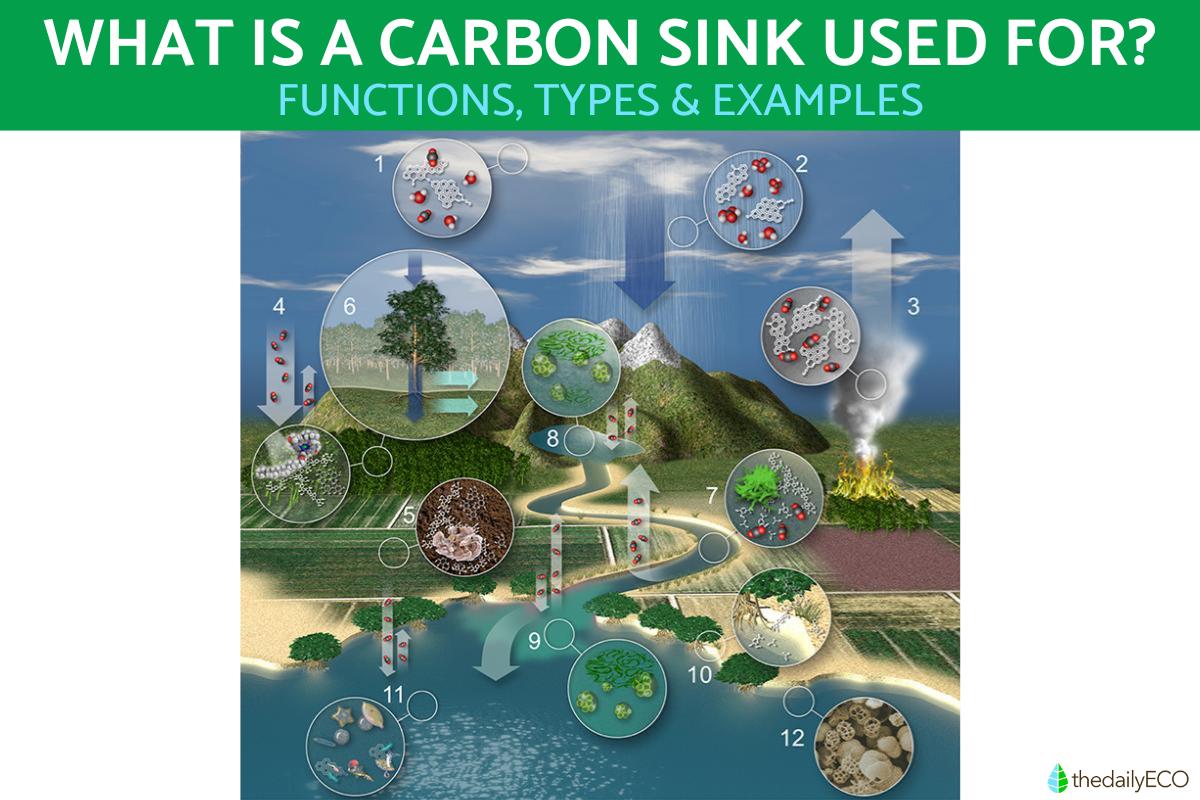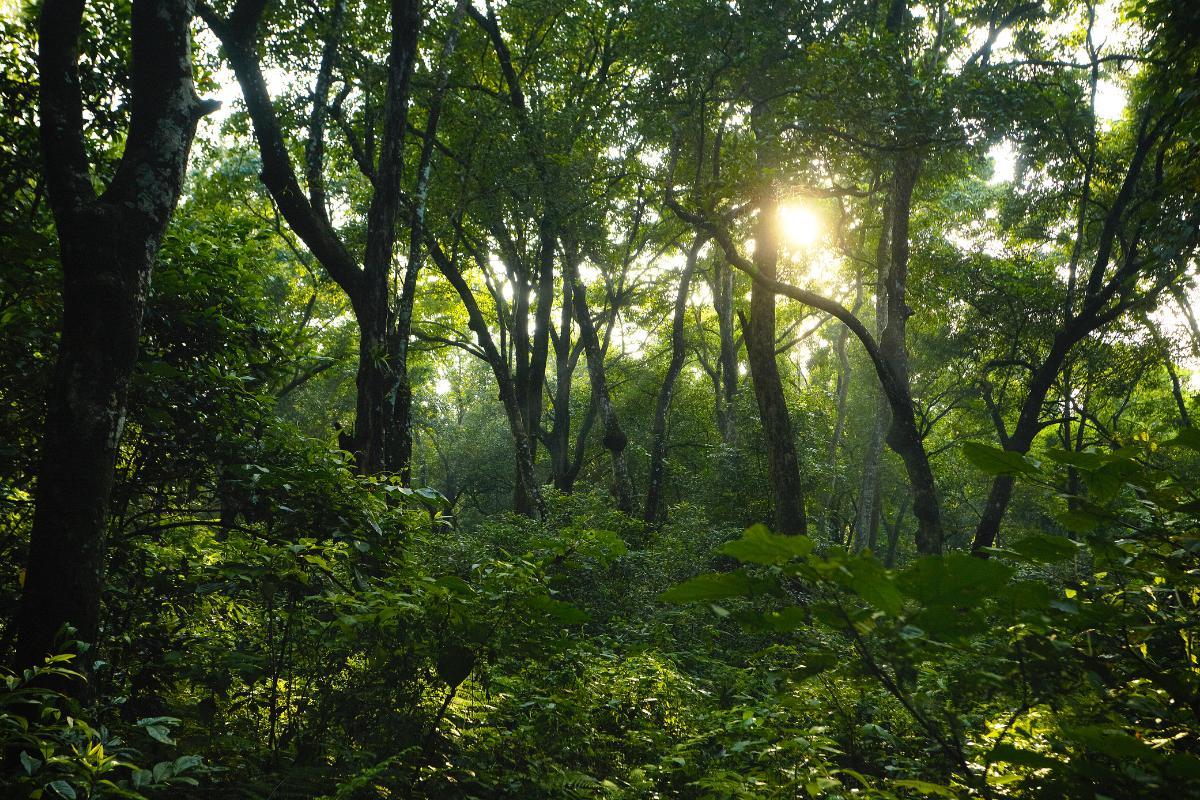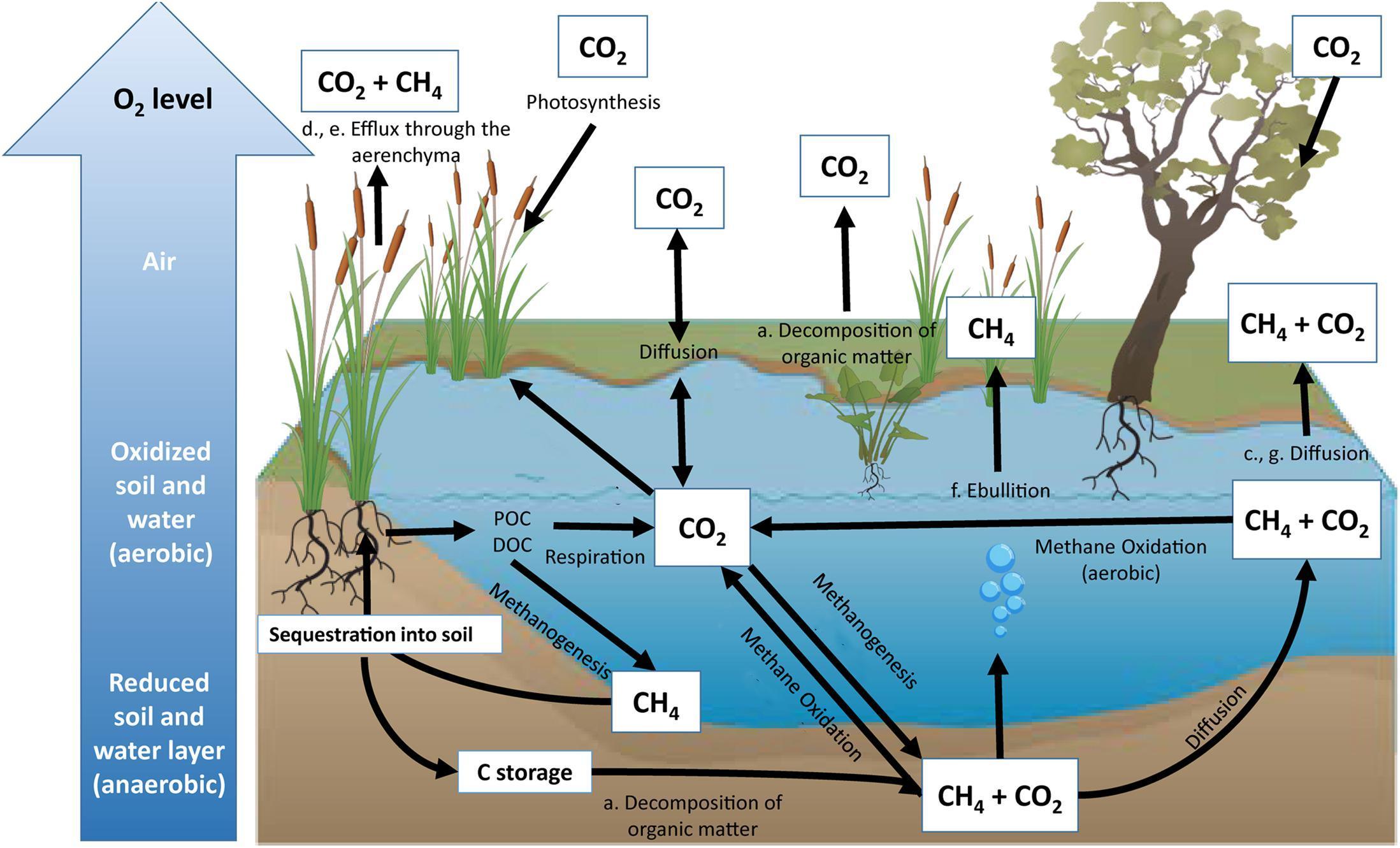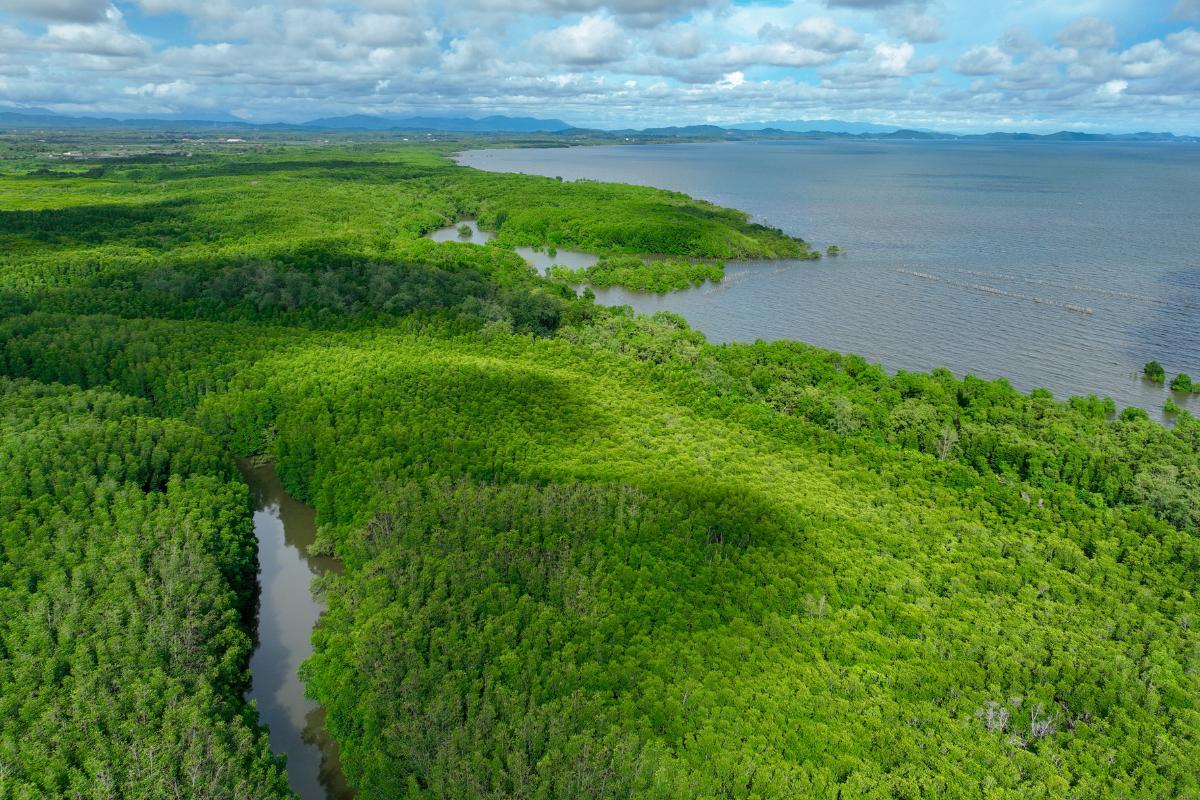What Is a Carbon Sink Used For?

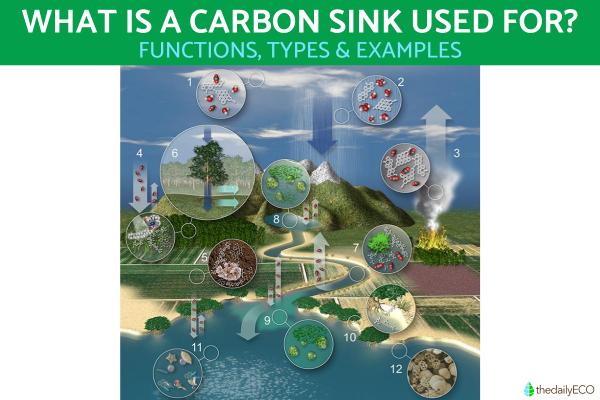
Carbon sinks are systems that absorb and store carbon dioxide (CO₂) from the atmosphere. Known as sequestration, this is a process which can be carried out naturally or artificially. Their role is fundamental in the context of climate change, as they help reduce greenhouse gas concentrations. This makes them one of the best allies in the fight against the negative repercussions of climate change. Even without climate change as an issue, carbon sinks are a vital part of the carbon cycle. We at thedailyECO discover more about their functions, types and examples by asking what is a carbon sink used for?
What are carbon sinks?
Carbon sinks are natural or artificial systems capable of absorbing and storing carbon dioxide (CO₂) from the atmosphere. Their role is key to mitigating climate change, as they help reduce the amount of greenhouse gases present in the air.
There are different types of carbon sinks. The best known are forests, which capture CO₂ through the process of photosynthesis. Oceans also act as major sinks, absorbing a significant portion of the carbon dioxide emitted by human activities. Certain soils that are rich in organic matter can store carbon for long periods of time.
In recent years, work has also been carried out to develop artificial sinks, such as carbon capture and storage (CCS) technologies. These are artificial methods of trapping CO₂ before it reaches the atmosphere, helping to counteract the human influences of climate change.
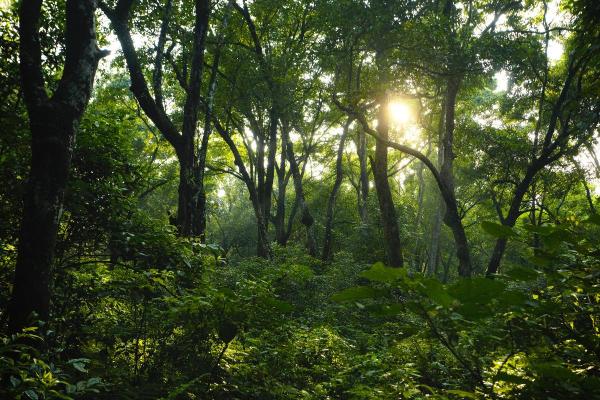
What is a carbon sink used for?
The main function of carbon sinks is to absorb excess carbon dioxide (CO₂) from the atmosphere and store it for a period of time. In doing so, it helps to regulate the balance of the planet's carbon cycle. This capture capacity is essential to slowing global warming, as CO₂ is one of the most abundant greenhouse gases and responsible for climate change.
For example, plants take in CO₂ from the air during photosynthesis and use it to grow, storing the carbon in their roots, trunks, and leaves as they do so. Similarly, the oceans absorb CO₂ from the surface and transport it to deeper waters where it can remain for centuries.
Thanks to this function, carbon sinks help to:
- Reduce the concentration of greenhouse gases.
- Regulate the global climate by limiting the rise in Earth's temperature.
- Protect biodiversity as many ecosystems depend on stable climates.
- Mitigate the effects of human activity, such as the burning of fossil fuels and deforestation.
It is important to emphasize that these natural carbon sinks have limits. They can become overloaded thanks to the excess amounts of carbon which are being produced by human industry. Carbon sinks can also be degraded, such as by the cutting down of forests or pollution of the sea. Such processes reduce their capacity to absorb carbon. This is why conserving and strengthening these natural systems is a priority for combatting climate change.
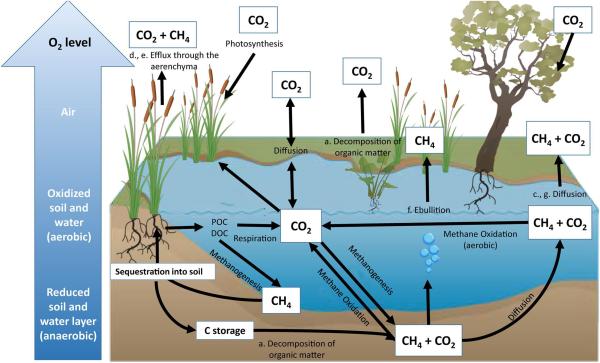
Types of carbon sinks
Carbon sinks can be classified into two broad groups of natural and artificial. Both perform the same general function, but in different ways. We look at the types of natural and artificial carbon sinks, as well as their uses:
Natural carbon sinks
These are the most abundant and effective types of carbon sink, as they are part of the planet's ecological balance. Among them we can find:
- Forests and terrestrial vegetation: trees and plants capture CO₂ through photosynthesis. Tropical, boreal and temperate forests are some of the main terrestrial carbon sinks. The larger and healthier the forest, the greater its capacity to absorb carbon. We look at the different types of forest in our related guide.
- Oceans: seas and oceans absorb approximately a quarter of the CO₂ emitted by human activity each year. Phytoplankton are tiny marine algae that float near the surface and which also play an important role by capturing CO₂ during photosynthesis.
- Soils: through natural processes, soils store large amounts of carbon in the form of organic matter. Ecosystems such as wetlands, peatlands and grasslands are particularly effective as sinks, provided they are not disturbed or degraded. Learn more about these soggy ecosystems with our article asking what is a wetland?
Artificial carbon sinks
Various technologies have been developed by humans to capture and store CO₂ in a controlled manner, especially in areas with high industrial emissions. These constitute artificial carbon sinks and some examples include:
- Carbon capture and storage (CCS): these technologies capture CO₂ directly from sources such as factories or power plants. They then inject it underground into deep geological formations, where it can remain trapped for thousands of years.
- Direct air capture (DAC): these are facilities designed to extract CO₂ directly from ambient air. Although this technology is still expensive and limited, it is being developed as a potential complementary tool for reducing carbon footprints.
Examples of carbon sinks
We can better understand how carbon sinks are able to function in helping store carbon by looking at some examples from around the world. Some natural and artificial carbon sink examples include the following:
- The Amazon (South America): known colloquially as the "lungs of the planet’, the Amazon rainforest is one of the largest terrestrial carbon sinks. Its millions of trees capture enormous amounts of CO₂ each year. Deforestation and wild fires have reduced their capacity to absorb carbon, raising alarms globally. We share more about the importance of rainforests with our guide to the different types of jungles.
- The Pacific and Atlantic Oceans: these large bodies of water absorb a significant portion of atmospheric CO₂. Although their capacity is enormous, the increase in carbon concentration has led to water acidification, affecting marine ecosystems such as coral reefs.
- Peatlands in Southeast Asia and Northern Europe: these humid ecosystems store carbon in the form of partially decomposed plant matter. Despite occupying a relatively small area, they may contain more carbon than many forests combined. We explain more about the importance of peatlands with our related article.
- Mangroves and coastal marshes: these ecosystems are located in tropical and subtropical zones and constitute highly efficient sinks. They store carbon in both vegetation and sediments, having done so for millennia. They also protect coasts from storms and flooding, something you can learn more about as we ask why are mangroves so important?
- Carbon capture and storage (CCS) technologies: an example of an artificial sink is found in Norway, at the Sleipner project. CO₂ captured from a natural gas plant is injected and stored in underwater geological formations.
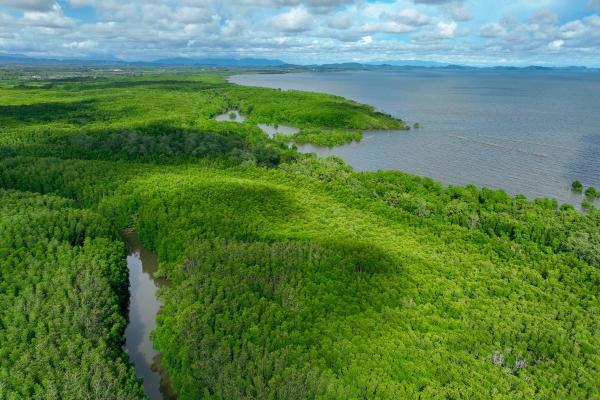
Why are carbon sinks so important?
Here are some reasons why carbon sinks are so important
- They regulate the global climate: by capturing and storing CO₂, they help keep the planet's temperature stable. This is the case with or without carbon produced by human processes, since they are part of the natural carbon cycle. However, without this natural protection, the impact of human emissions would be much more severe and difficult to control.
- They complement emissions reduction: although reducing greenhouse gas emissions is essential, sinks provide a complementary solution by absorbing some of what has already been emitted. They are especially important for offsetting unavoidable emissions from sectors such as aviation and agriculture.
- They protect biodiversity: many natural carbon sinks such as forests, oceans and wetlands are also key habitats for thousands of plant and animal species.
- They contribute to food and water security: healthy ecosystems such as rich soils and well-preserved forests improve water quality, reduce soil erosion and help maintain agricultural productivity.
- They support local communities: many communities depend directly on ecosystems that function as carbon sinks, whether for food, materials or even income.
If you want to read similar articles to What Is a Carbon Sink Used For?, we recommend you visit our Environment (other) category.
- Costas, G. (2022, December 11). What is a carbon sink? Science and Biology.
https://cienciaybiologia.com/que-es-un-sumidero-de-carbono/ - Geoinnova. (n.d.). Carbon sinks: essential for combating climate change.
https://geoinnova.org/blog-territorio/sumideros-de-carbono-imprescindibles-para-luchar-contra-el-cambio-climatico/ - Manglai. (n.d.). Carbon sinks: what they are and why they matter.
https://www.manglai.io/glossary/sumideros-de-carbono





